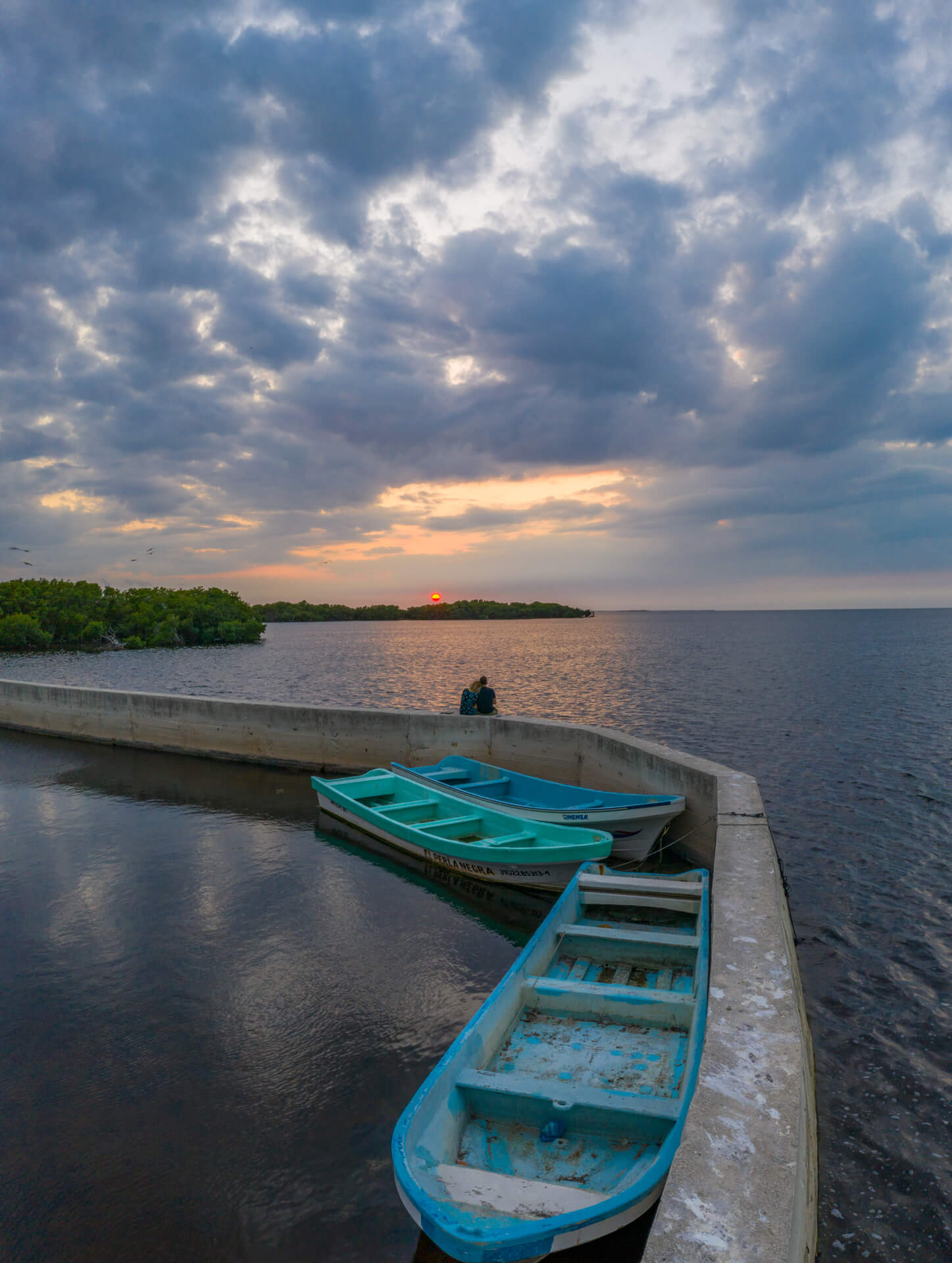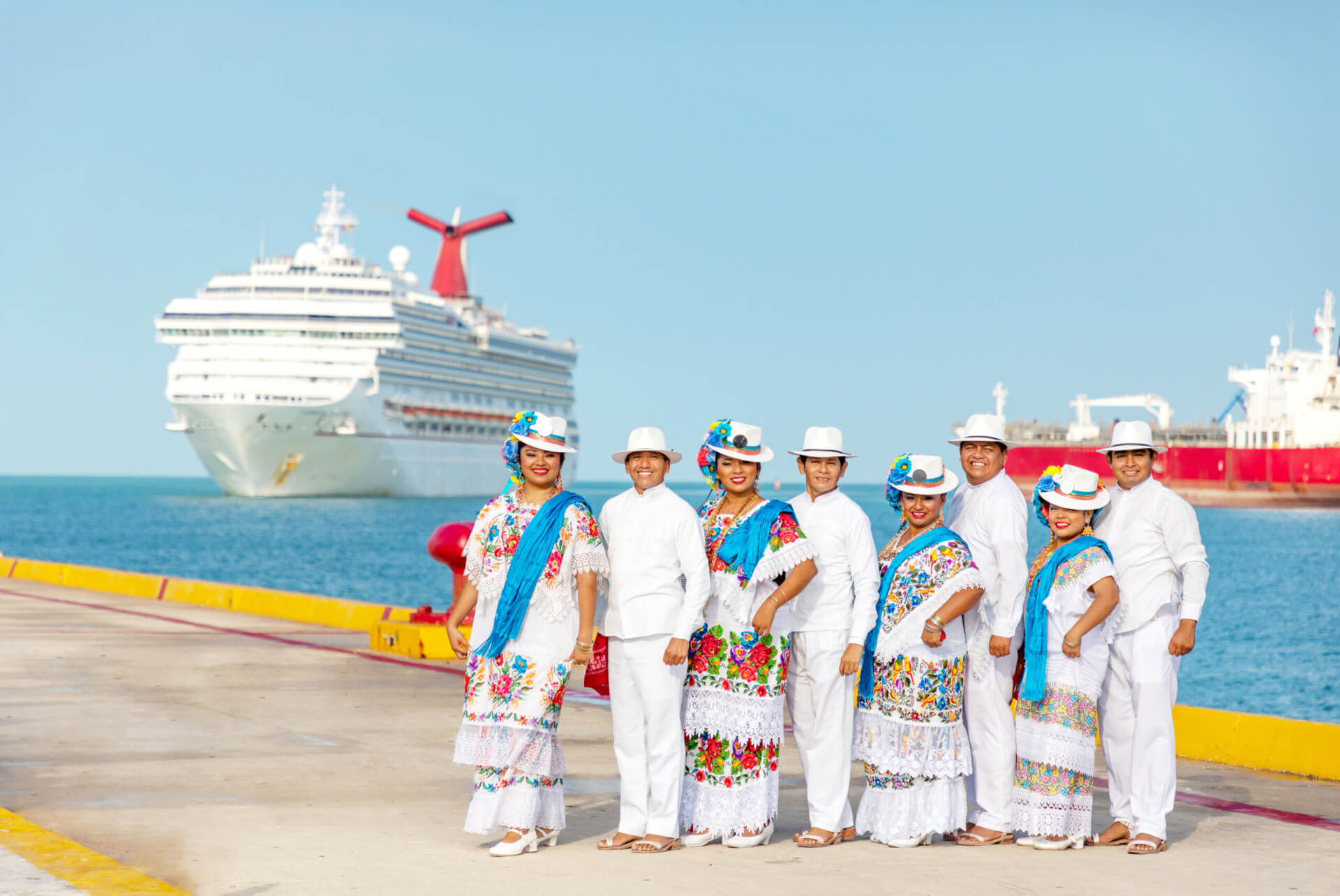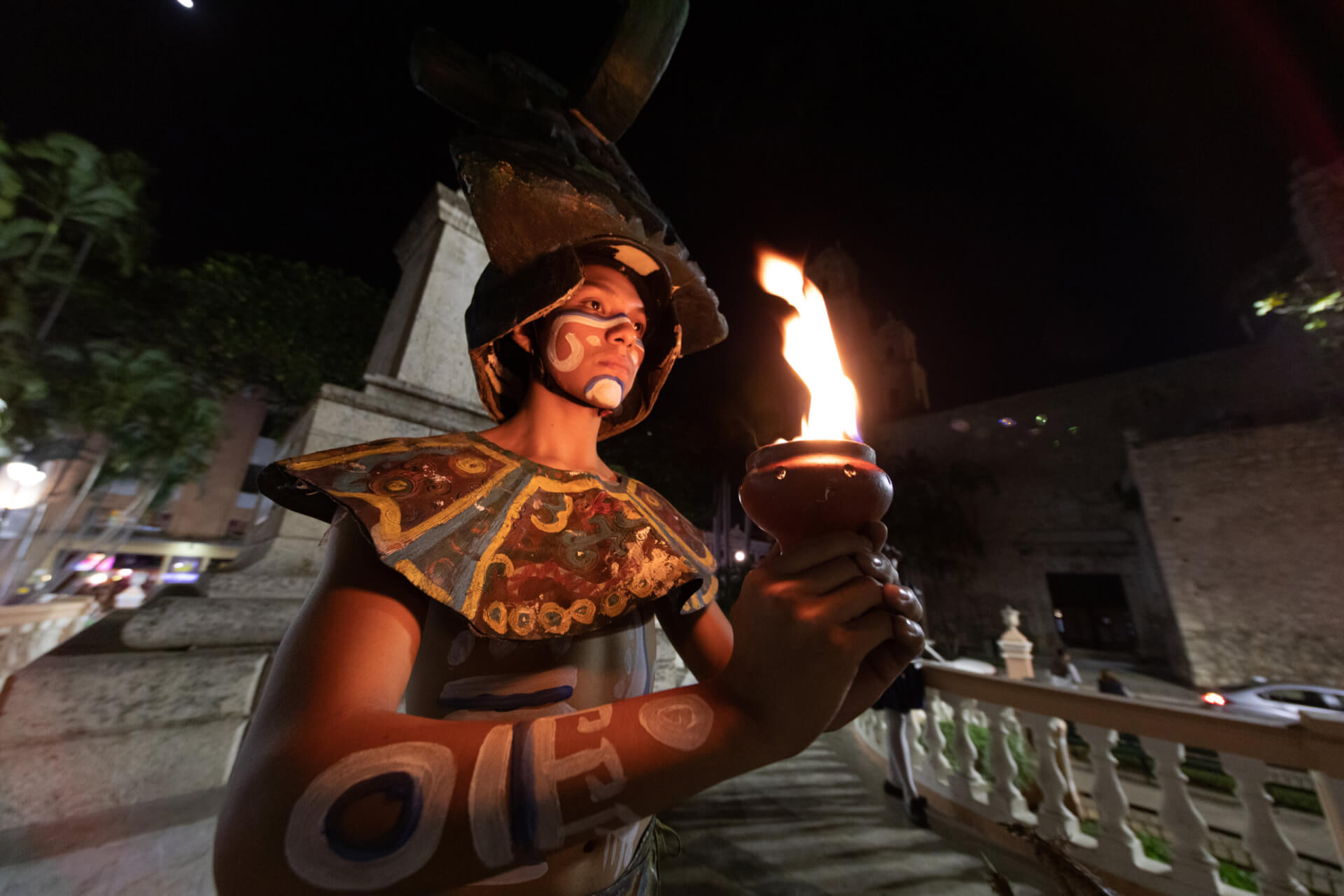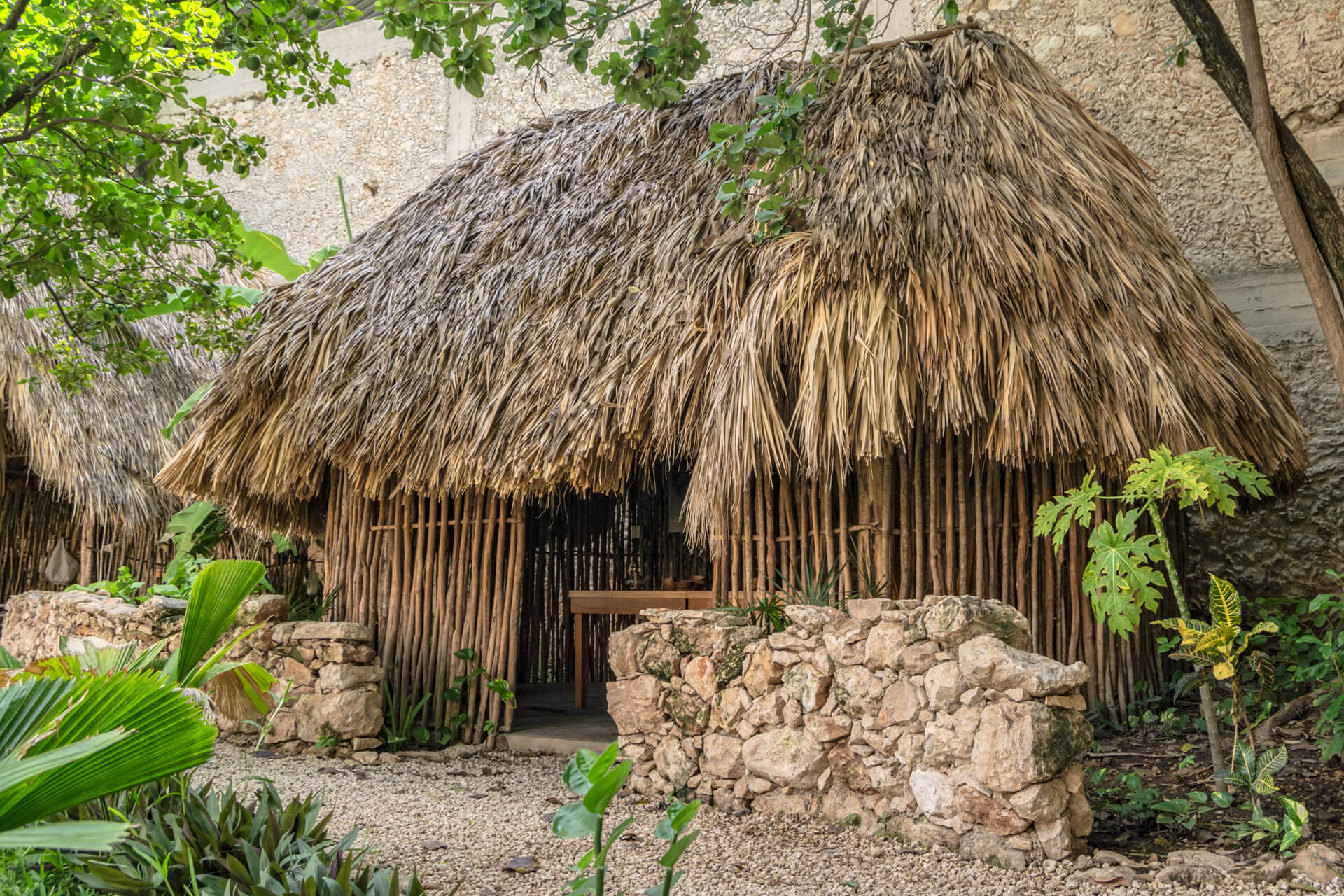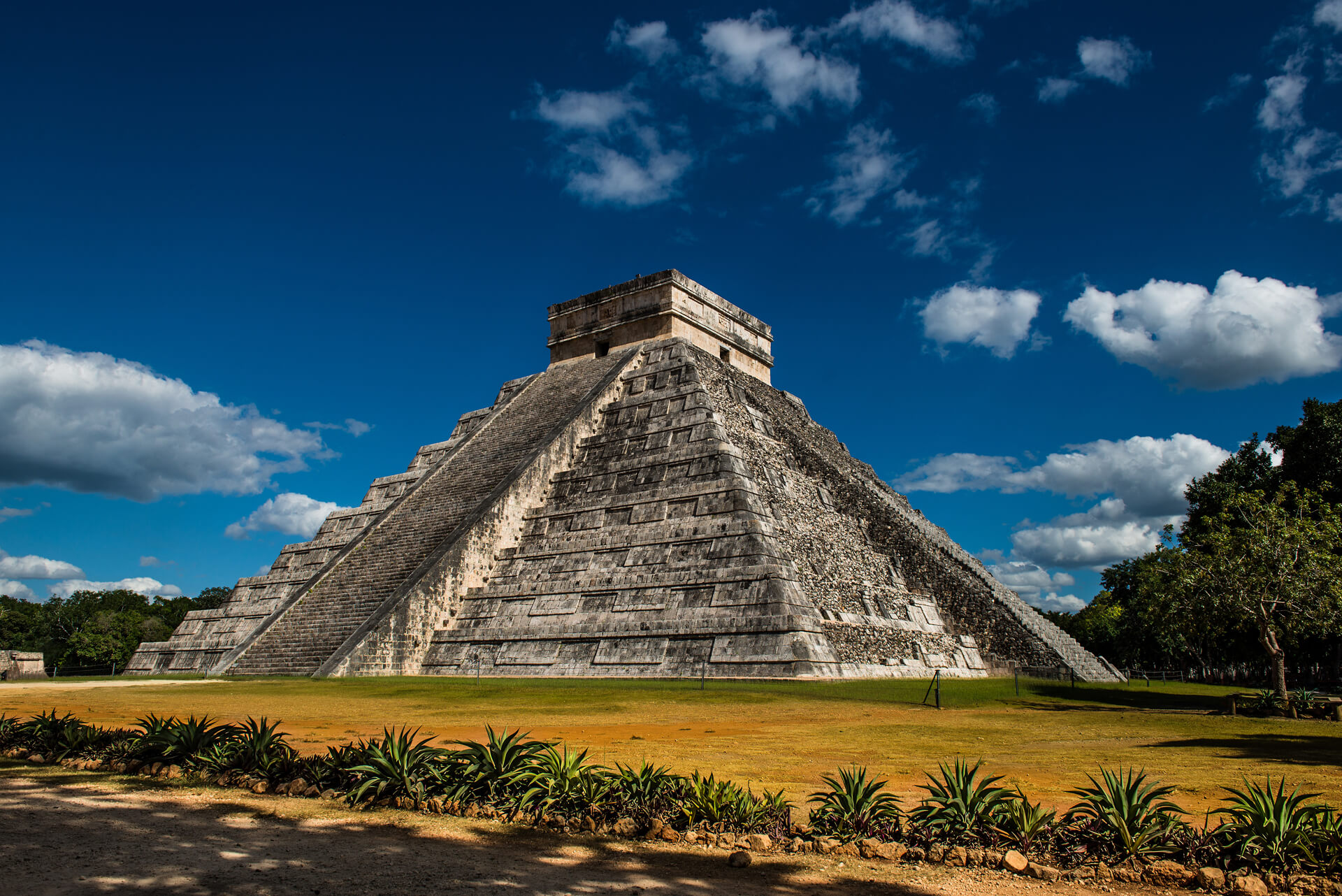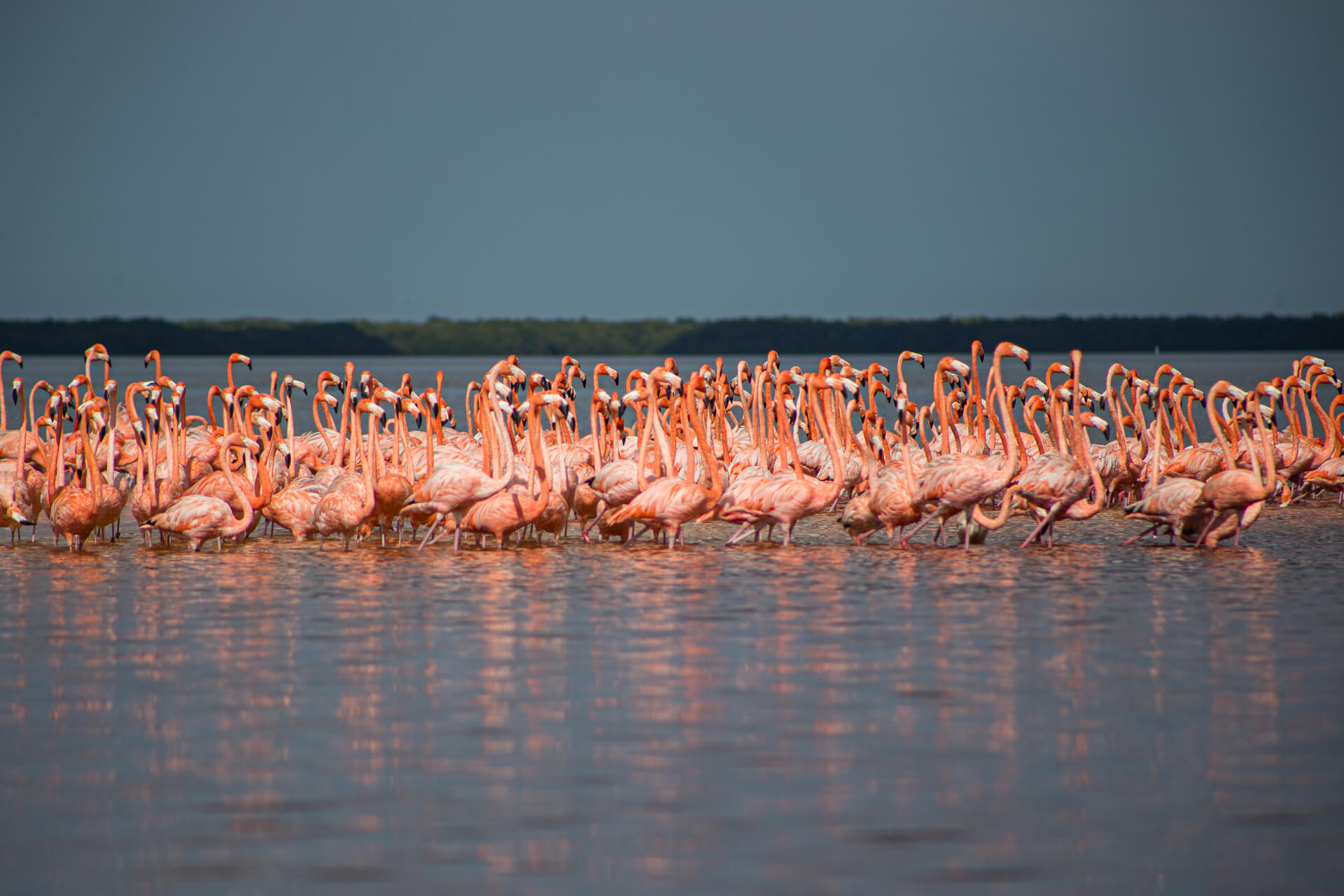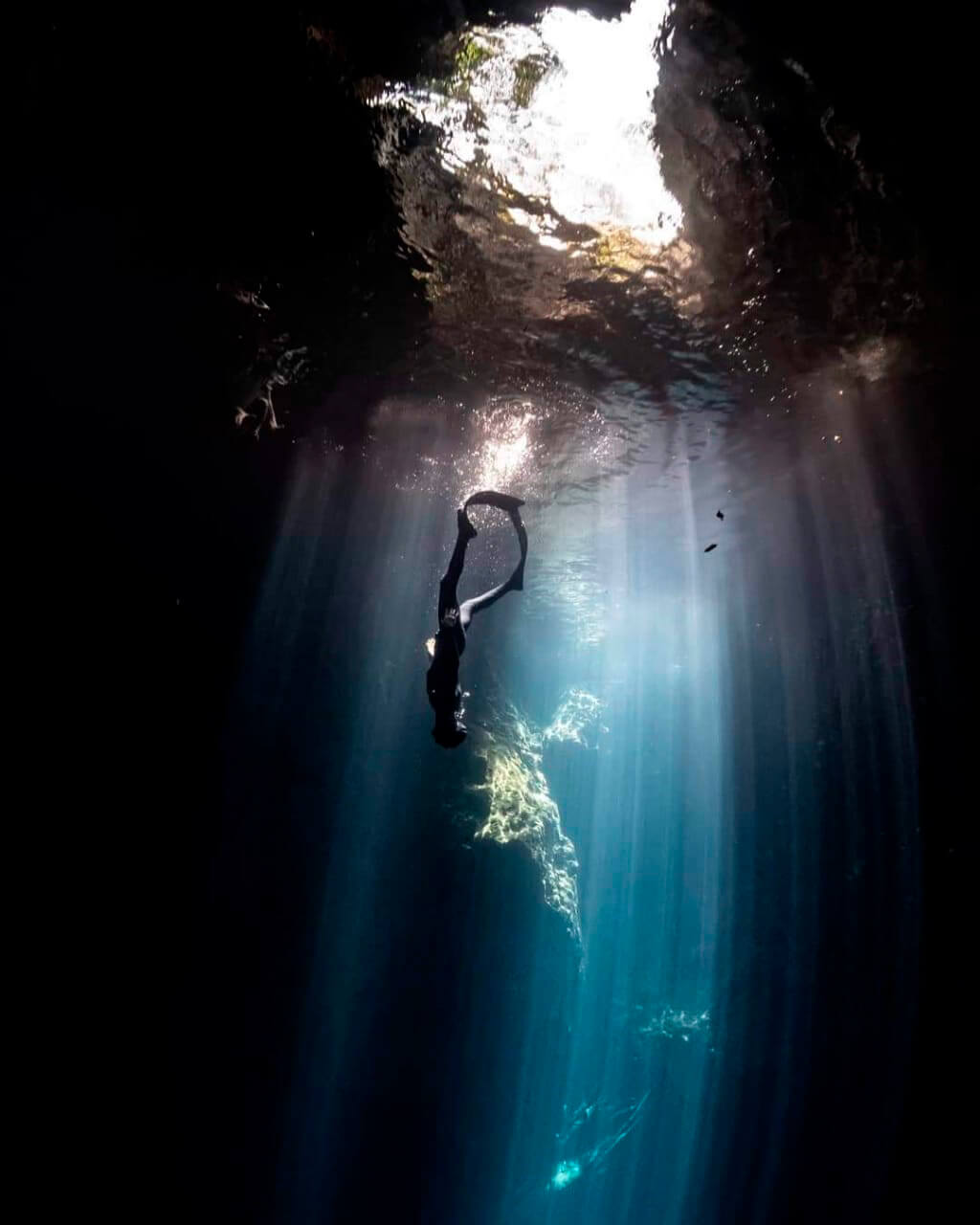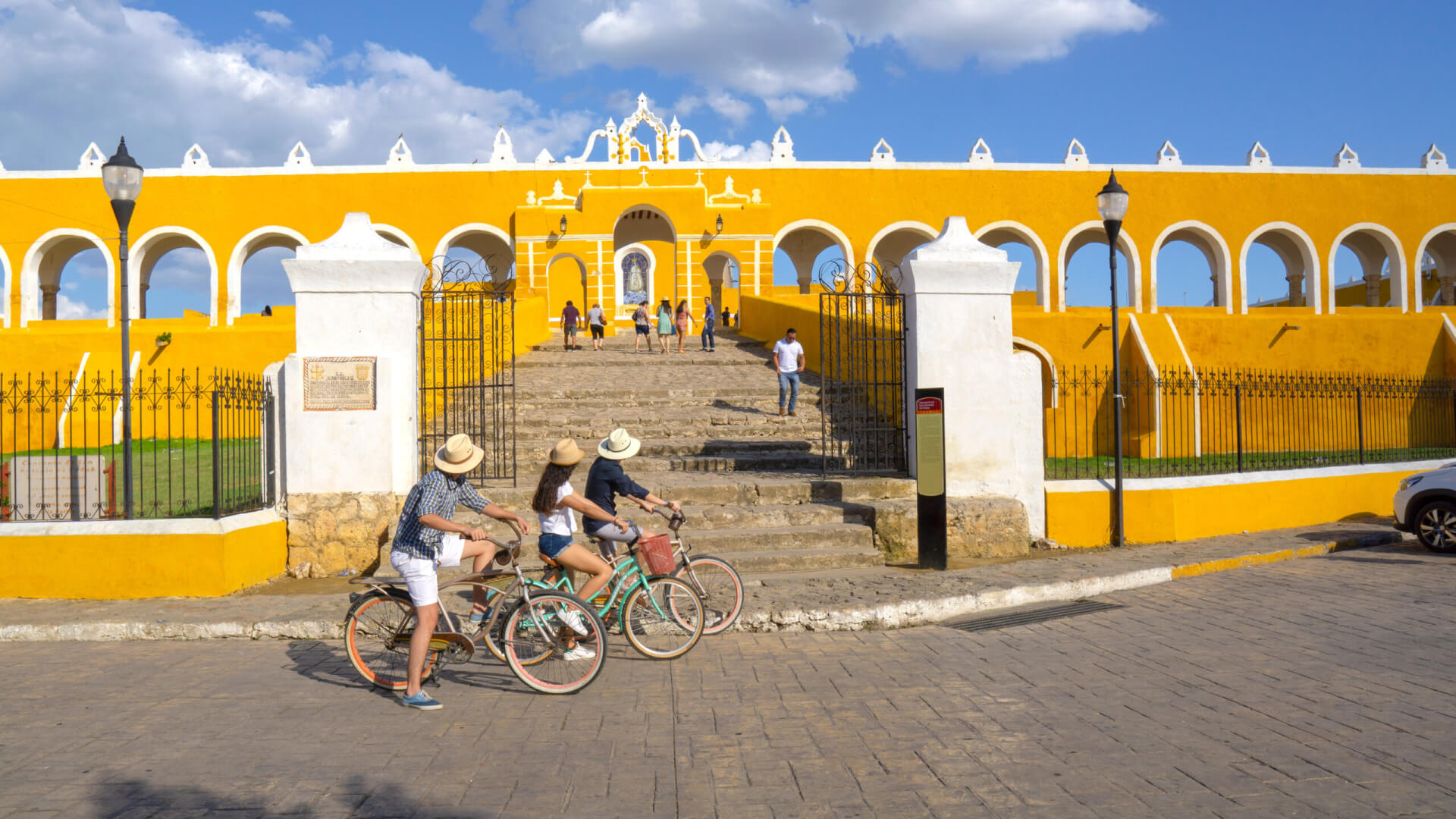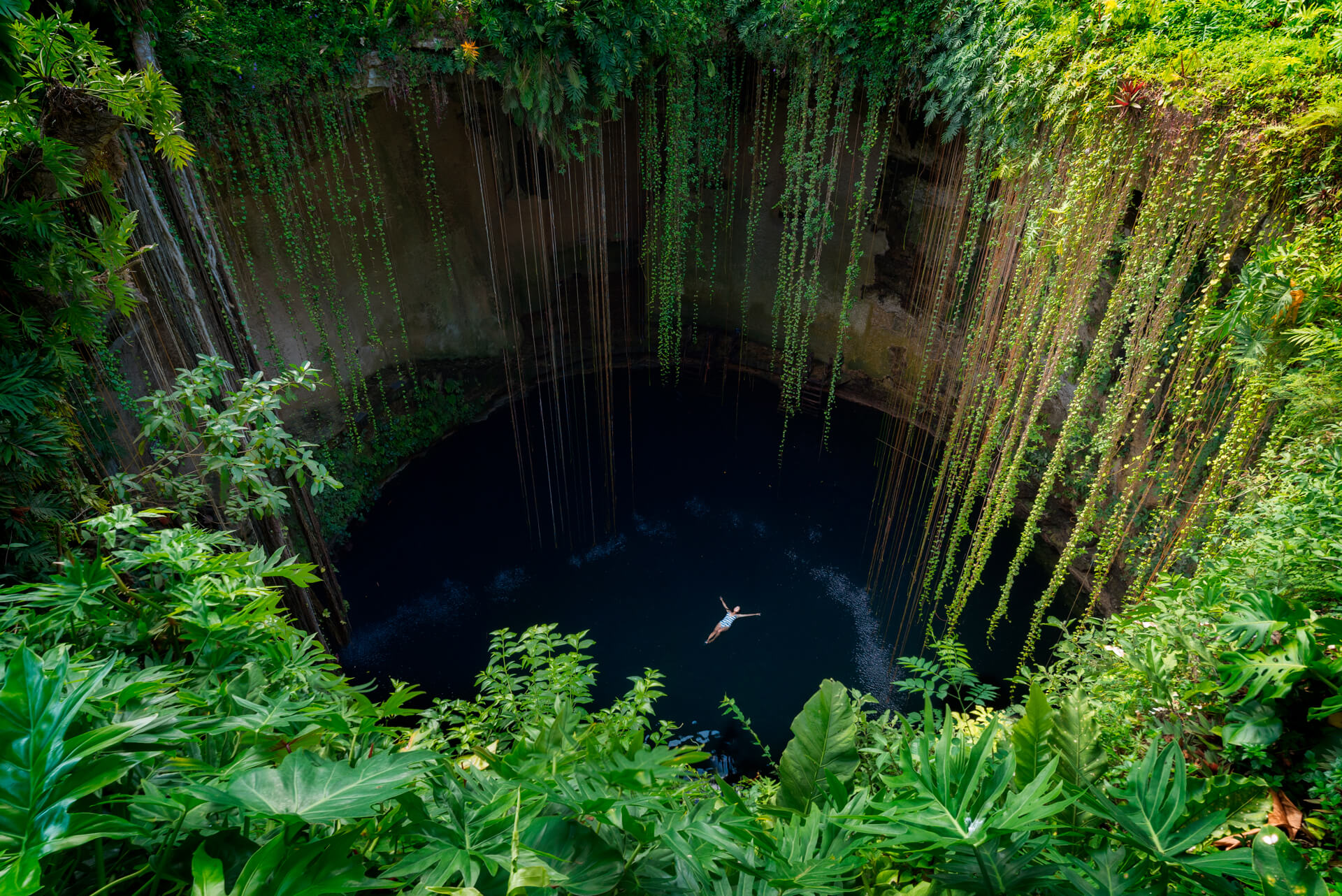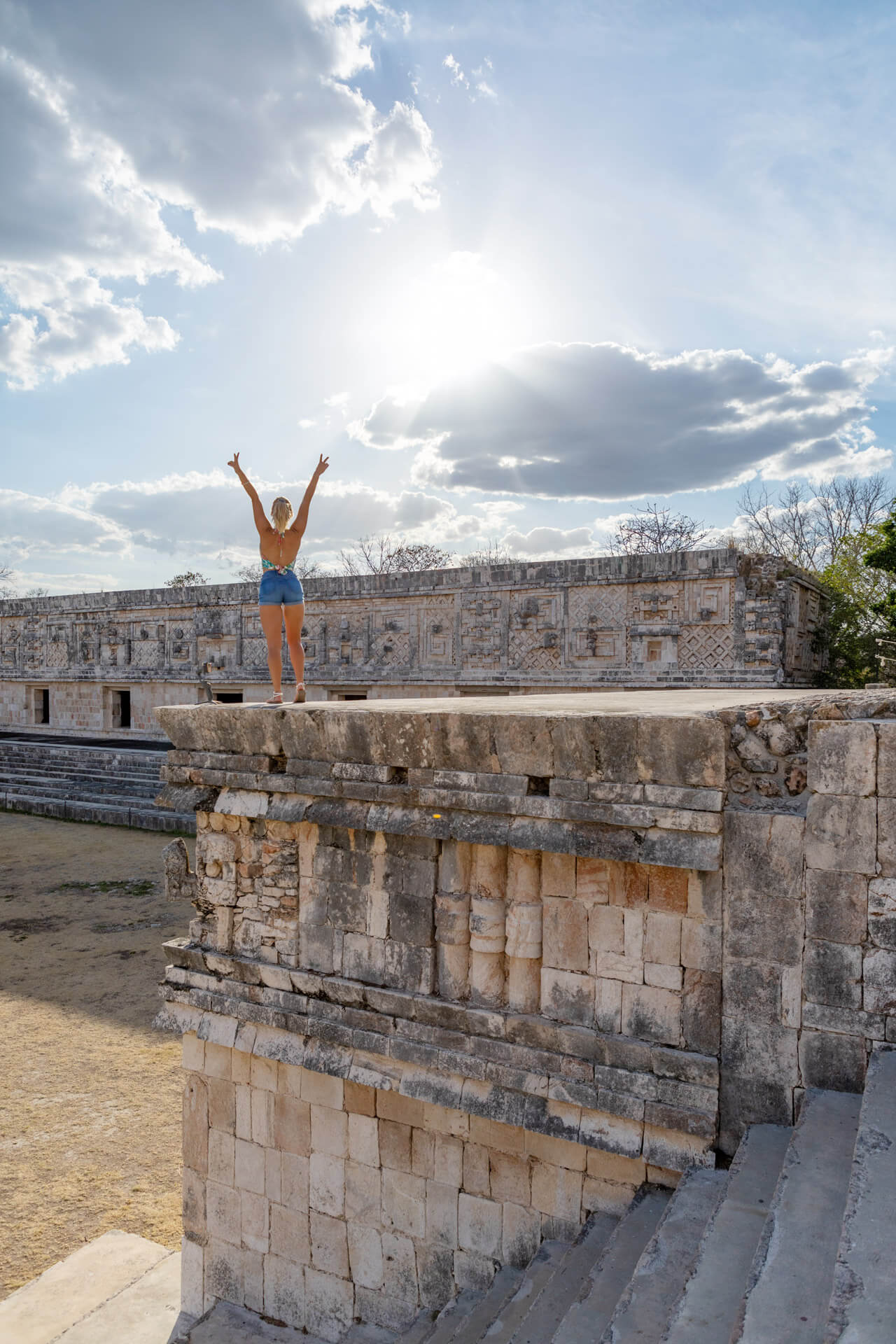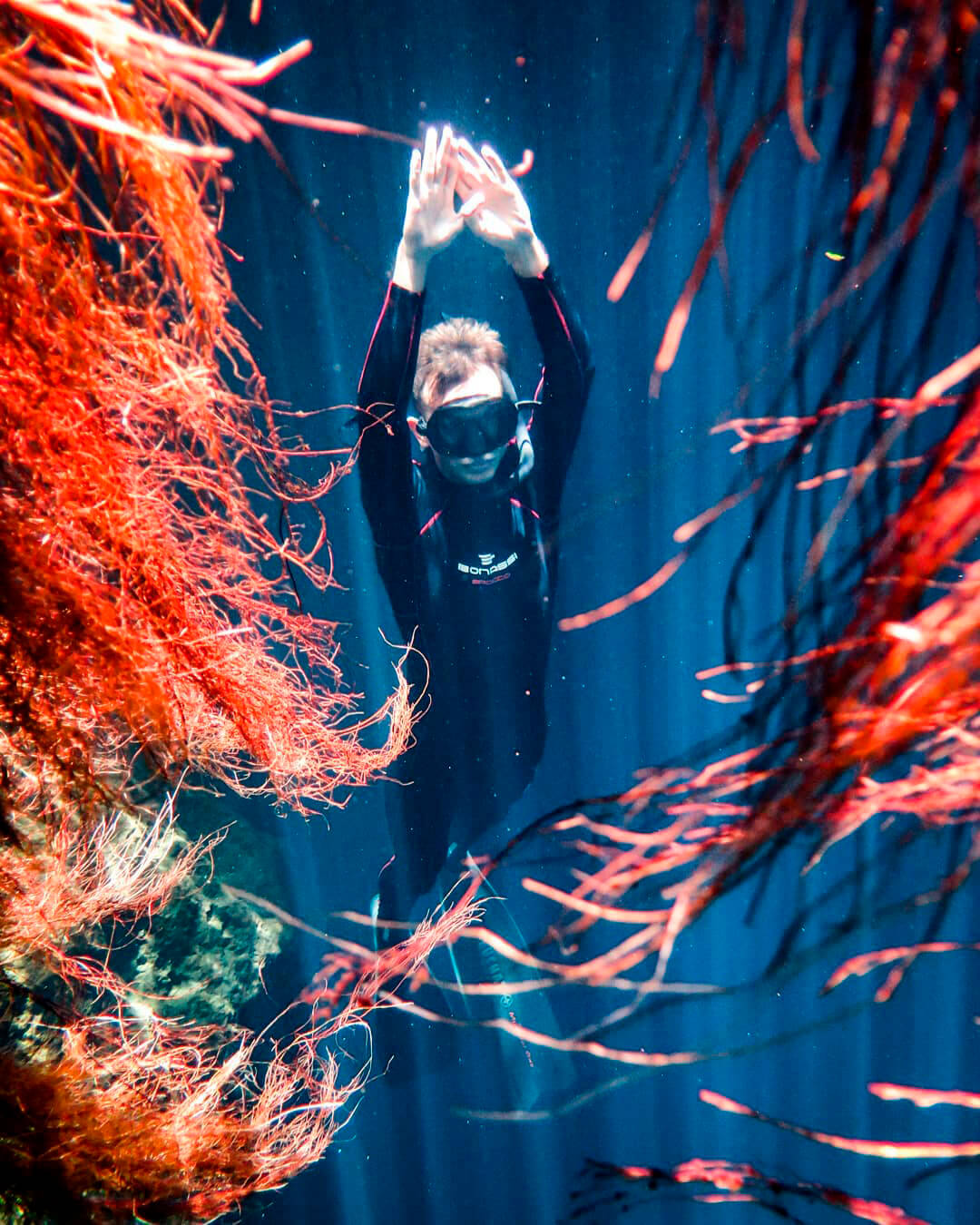DESCRITION

The capital of Yucatán is the best place to start your tour and to explore the state. Founded in 1542 and built on the ancient Mayan city of T’ho, it stands out for its wide offer of cultural and artistic attractions, its colonial historic downtown with European architectural influence and an outstanding French style that we can admire in the large houses of Paseo de Montejo, the most important avenue of the city. It was recently awarded as “Best small city in the world” and “Best convention venue” by specialized tourism media.
The city is the most important distribution center for cultural tourism in the Yucatán Peninsula: offering more than 5,919 rooms in hotels for all budgets, congress and exhibition venues, more than 300 restaurants of all kinds of cuisine and, a wide range of cultural and tourist attractions.
It offers you varied options of culture, history, entertainment and its delectable gastronomy. Therefore, we suggest you start your visit in the historic downtown of the city, where you can stroll around and admire a great variety of colonial buildings, museums, galleries, theaters, outdoor cafés, bars, typical clothes, parks, hotels, restaurants with national and international cuisine.
Yucatán, Cenotes and Haciendas
Currently there are approximately 3,000 cenotes registered in the state of Yucatán whereof less than half are open to the public and approximately 300 “haciendas”
The Yucatán is known for its haciendas. These were built in the second half of the 19th century with the support of the ancient families that had large territorial properties since colonial times, through the participation of their heirs and the sponsorship of new wealthy groups that had developed from the trading business.
Moreover, the state is known for being full of cenotes, fantastic watersheds and caves that were flooded during the last glaciation. Besides being time capsules in which incredible limestone formations can be observed, they constitute the main source of fresh water in the region, since there are no rivers on the surface due to the layer of limestone found below the state.
Currently there are approximately 3,000 cenotes registered in the state of Yucatán whereof less than half are open to the public and approximately 300 “haciendas” distributed in the municipalities of Cuzamá, Chocholá, Hocabá, Homún, Izamal, Motul, Sotuta, Tecoh, Tixkokob, Uman, among others.
Riviera Yucatán
Along the Riviera you will be able to appreciate the great variety of ecosystems such as tropical forests, cenotes and underwater caves that come together to make this an unforgettable experience.
Talking about the Yucatán Riviera is talking about the richness and variety it has. It has an extension of approximately 378 km from the beaches of Celestún all the way to El Cuyo. Along the Riviera you will be able to appreciate the great variety of ecosystems such as tropical forests, cenotes and underwater caves that come together to make this an unforgettable experience.
This region includes the 11 municipalities of: Celestún, Dzemul, Dzidzantún, Dzilan de Bravo, Hunucmá, Ixil, Progreso, Sinanché, Telchac Puerto, Ucú and Yobaín, of which only Celestún, Hunucmá and Progreso are the most important seaports. It has a unique gastronomy with ancestral recipes which is blended with the particular flavor of the seafood of the area to create a range of options to delight yourself. yucatan.travel
